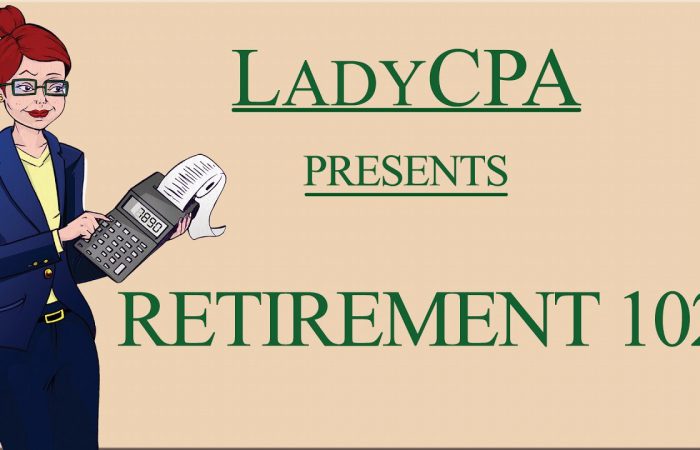
How the Tax Reform Affects Business
Small Business (this is my favorite part of the tax bill) for tax years after 2017 and before 2026, will be allowed to deduct 20% of “qualified business income” from a partnership, S corporation, or sole proprietorship and qualified publicly traded partnership income on the individuals tax return. This is meant to help the small business, as the 20% deduction starts being phased out at income levels of $157,500 ($315,000 for married filing joint).
What does this mean? If you open a side business, you may only be taxed on 80% of the income. I believe that this will encourage a lot of individuals to start a small business and be able to grow the business because all the business profits won’t be subject to income tax.
A limitation on the deduction is phased in based on W-2 wages above a threshold amount of taxable income. The deduction is disallowed for specified service trades or businesses with income above a threshold.
For these purposes, “qualified business income” means the net number of qualified items of income, gain, deduction, and loss with respect to the qualified trade or business of the taxpayer. These items must be effectively connected with the conduct of a trade or business within the United States.
This is not for investment-related income, deductions, or losses.
“Qualified business income” does not include an S corporation shareholder’s reasonable compensation, guaranteed payments, or payments to a partner who is acting in a capacity other than his or her capacity as a partner.
“Specified service trades or businesses” include any trade or business in the fields of accounting, health, law, consulting, athletics, financial services, brokerage services, or any business where the principal asset of the business is the reputation or skill of one or more of its employees. I am curious how this will be applied, as we all have a skill set. I am certain that information on this will be expanded in the coming weeks.
How will it be calculated? For each qualified trade or business, the taxpayer can deduct 20% of the qualified business income for that trade or business. Generally, the deduction is limited to 50% of the W-2 wages paid with respect to the business. Alternatively, capital-intensive businesses may get a higher benefit under a rule that takes into consideration 25% of wages paid plus a portion of the business’s basis in its tangible assets. However, if the taxpayer’s income is below the threshold amount, the deductible amount for each qualified trade or business is equal to 20% of the qualified business income for each respective trade or business.
Buying Equipment?
Bonus depreciation: The act extended and modified bonus depreciation under Sec. 168(k), allowing businesses to immediately deduct 100% of the cost of eligible property in the year it is placed in service, through 2022. The amount of allowable bonus depreciation will then be phased down over four years: 80% will be allowed for property placed in service in 2023, 60% in 2024, 40% in 2025, and 20% in 2026. (For certain property with long production periods, the above dates will be pushed out a year.)
The act also removed the rule that made bonus depreciation available only for new property.
Luxury automobile depreciation limits: The act increased the depreciation limits under Sec. 280F that apply to listed property. For passenger automobiles placed in service after 2017 and for which bonus depreciation is not claimed, the maximum amount of allowable depreciation is $10,000 for the year in which the vehicle is placed in service, $16,000 for the second year, $9,600 for the third year, and $5,760 for the fourth and later years.
Sec. 179 expensing: The act increased the maximum amount a taxpayer may expense under Sec. 179 to $1 million and increased the phaseout threshold to $2.5 million. These amounts will be indexed for inflation after 2018.
The act also expanded the definition of Sec. 179 property to include certain depreciable tangible personal property used predominantly to furnish lodging. It also expanded the definition of qualified real property eligible for Sec. 179 expensing to include any of the following improvements to nonresidential real property: roofs; heating, ventilation, and air-conditioning property; fire protection and alarm systems; and security systems.
Interest Expense will be limited to the sum of the business interest income plus 30% of the taxpayer’s adjusted taxable income and the taxpayer’s floor plan financing interest.
Entertainment expenses will be disallowed.
Meals will be deducted at 50%. No special agreements for meals provided for the convenience of the employer.
Corporate tax rate is now 21%. The prior-law had a graduated corporate tax rate, which taxed income over $10 million at 35%.
The new rate takes effect January 1, 2018.
Corporate AMT is repealed.
Domestic production activities credit is repealed.
Obviously, this is a brief synopsis. If you have any questions, please reach out to me at 704-583-9090.



